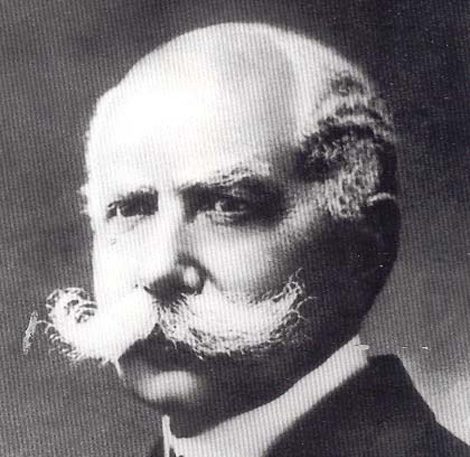At the beginning of the 20th century, teachers and scholars started searching for ways to improve language learning. They were inspired by looking at how children learn languages. They understood that we didn’t really practice translation and grammatical rules while acquiring our native language. It became clear that the major goal of language learning was to educate students on how to communicate in a foreign language.
With this the shortcomings of the grammar-translation method became obvious, and a new method became popular.
The “direct method” was discovered around 1900 by a German linguist Maximilian Berlitz “by accident”. Berlitz was teaching French using the traditional grammar approach. One time, when sick, he asked his French assistant Nicholas Joly, who did not speak English at all, to do his best to teach French to the students.
To his surprise he found that the students had progressed significantly, and they were actively interacting and communicating using miming and gesturing. Berlitz understood that the technique used by Joly was far more effective and stimulating. He also understood that grammar is not the essential goal, because students had managed to discover the rules on their own.
He formulated the “direct method” based on the following principles, which are the exact opposite of the grammar-translation method:
- The primary goal of language teaching is communication. Lessons contain speaking elements and students need to ask and answer questions in the target language and apply them in their life. Pronunciation plays an important part.
- The student is in the center of the classroom and mistakes aren’t corrected by the teacher. Detailed explanations are preferred and students are asked to self-correct.
- Grammar is not taught explicitly, but via an inductive approach that involves students discovering grammatical patterns through exposure to examples and guided practice rather than being explicitly taught the rules upfront.
Mr. Berlitz’s method of language learning is still used. Many books that were originally published during the early- to mid-1900s are still in print. There are also many schools that are still dedicated to continuing Berlitz’s concepts regarding language learning. The relatively modern Callan Method was developed by Robin Callan based on the direct approach.








